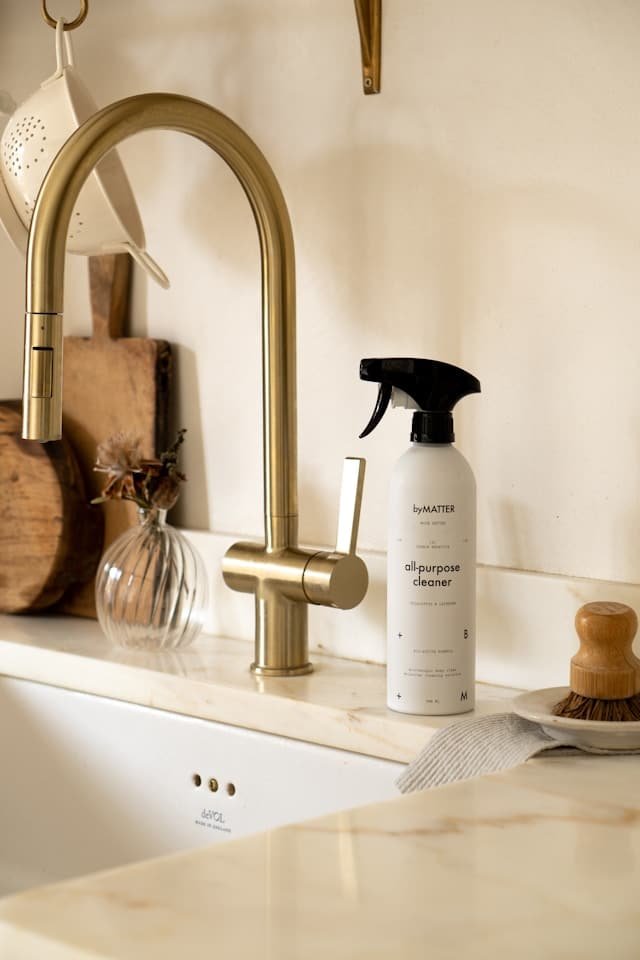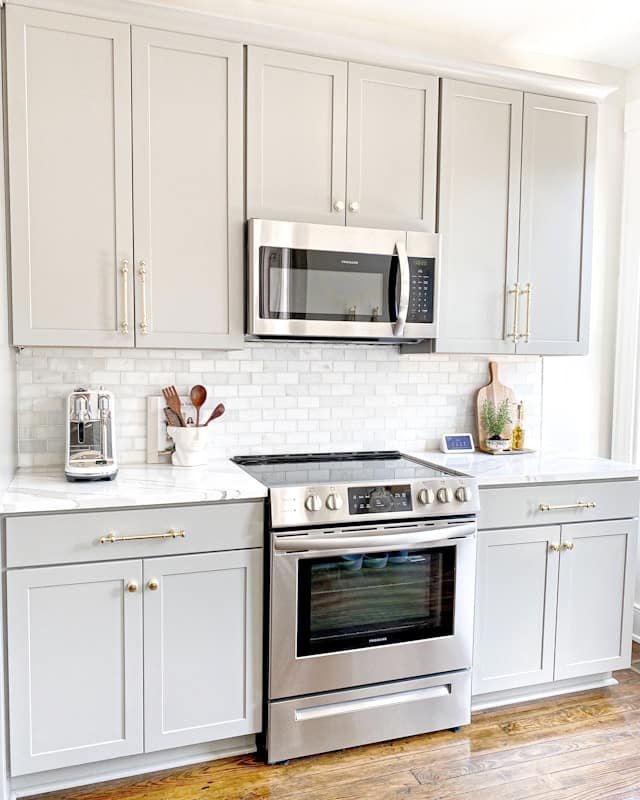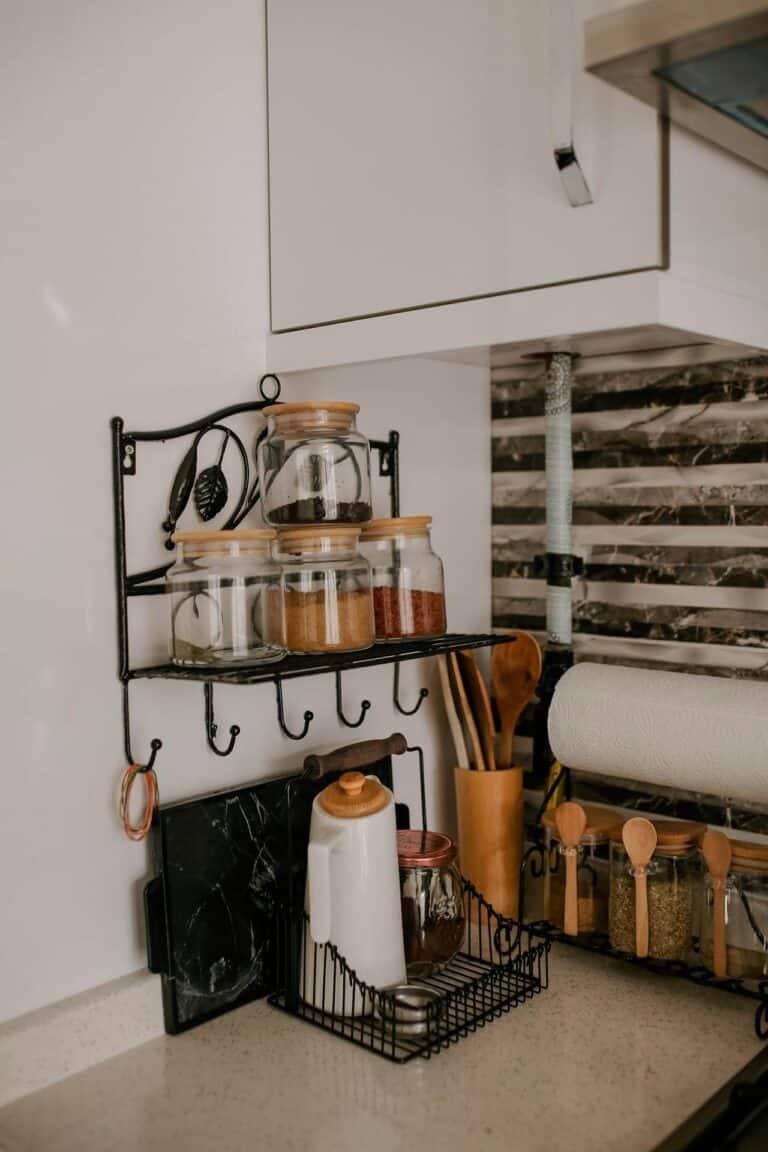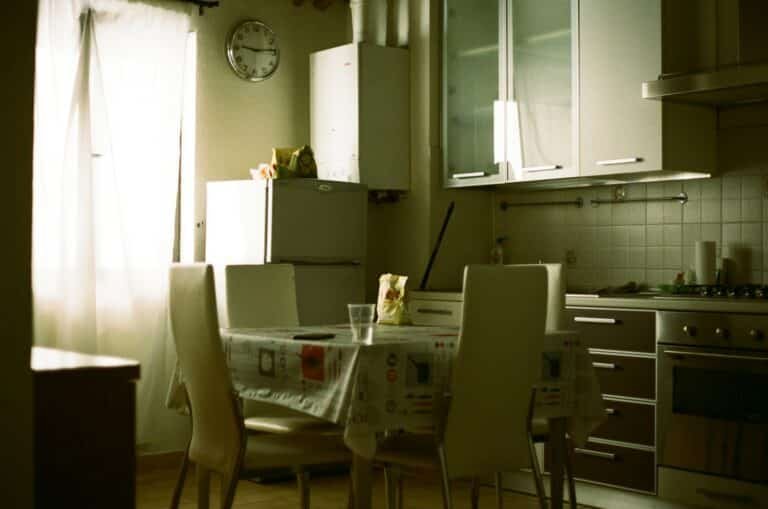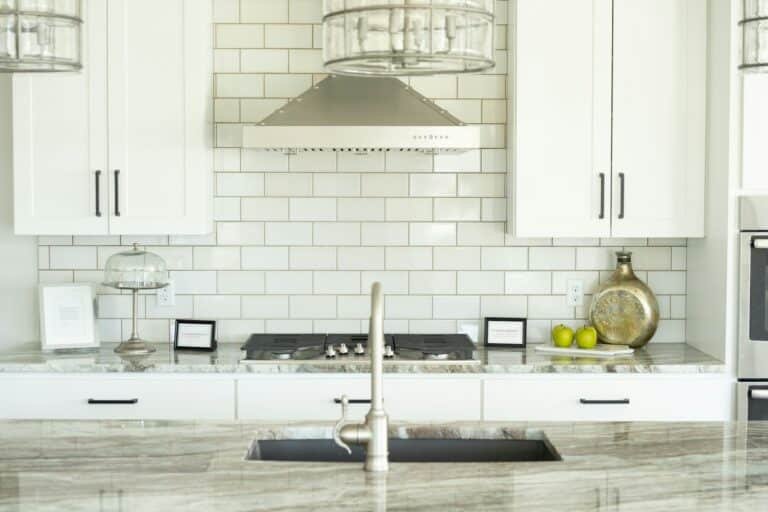What to Throw Out When Decluttering: 10 Types of Things That No Longer Belong

This blog post is about what to throw out when decluttering.
Clutter isn’t just physical—it weighs on your mind too.
That overflowing drawer, the closet you avoid, the random things piled on your counters, they don’t just take up space, they drain your energy.
When your home feels chaotic, it’s harder to focus, stay productive, or simply relax.
Decluttering can bring a surprising sense of relief. With fewer distractions around, your mind feels clearer, stress levels drop, and even your daily routines run more smoothly.
In this post, we’ll walk through exactly what to throw out when decluttering; starting with the stuff you won’t miss.
How to Decide What to Throw Out When Decluttering?
Feeling stuck on what to keep and what to toss? It’s normal to hesitate, especially with items you’ve had for a while.
These simple guidelines will help you make quicker, more confident decisions as you declutter your space.
1. The 12-Month Rule
If something’s been sitting untouched for a whole year, it might be gently telling you it’s no longer needed.
Of course, seasonal items like holiday decorations or a favorite winter coat are exceptions.
But for most things like clothes you keep meaning to wear or kitchen tools you forgot you owned, it’s okay to let them go.
You’re simply making space for the things you truly use and love.
2. Broken or Damaged Items
It’s easy to keep things around with the intention of fixing them, but if it’s been six months or longer and you haven’t repaired it, it’s likely not worth the effort.
Broken or damaged items, such as chipped dishes, torn clothing, or malfunctioning appliances, only add to the clutter and don’t serve you well.
Letting go of these items frees up space for things that are functional and in good condition.
Don’t hold onto broken things that no longer contribute to your daily life.
3. Expired Products
Expired items can take up valuable space and, in many cases, pose a risk to your health.
Take the time to go through your pantry, medicine cabinet, and bathroom drawers to check the expiration dates on food, medications, vitamins, and beauty products.
Start with food items like spices, canned goods, and snacks that you may have forgotten about. While they might still look fine, expired food can lose its flavor and effectiveness, or even become unsafe.
Next, medications and vitamins have a shelf life for a reason; over time, they lose their potency, and some may even be harmful if used past their expiration.
Finally, don’t forget makeup and skincare. Most products have a “period-after-opening” (PAO) symbol to indicate how long they’re safe to use once opened.
Expired makeup and skincare can irritate your skin and cause breakouts, so it’s best to toss items that have passed their expiration date.
4. Duplicates
We all end up with duplicates of things we rarely need, but how many do you really use? Evaluate your items and keep only the best or most necessary.
For example, you probably don’t need three veggie peelers when one will do. The same goes for phone chargers and cables; how many do you really use on a daily basis?
Linens are another area where duplicates pile up. Two or three sets of sheets per bed are usually enough, but we often hold onto extras “just in case.”
Other common duplicates include kitchen gadgets, travel mugs, or even books. Take a moment to assess your items and let go of those extra, unused duplicates. It’ll free up space and make your home feel less cluttered.
5. “Just in Case” Items
It’s easy to hang on to things with the thought that you might need them someday, but the reality is, most of these items never see the light of day.
Old textbooks, outdated tech like VHS tapes, and random cords you’ve collected over time, if they haven’t been useful yet, chances are they won’t be.
Letting go of these can clear up space and reduce unnecessary clutter in your home.
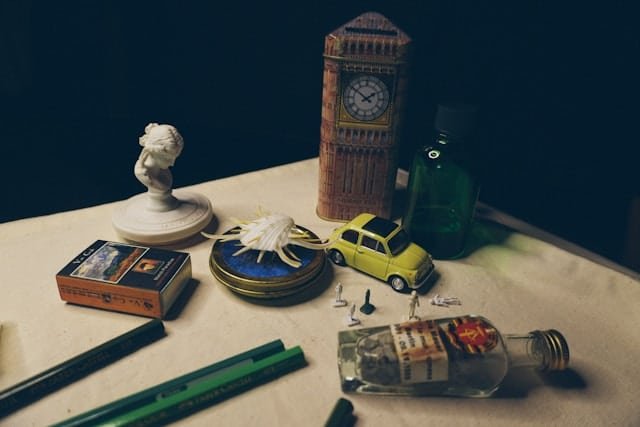
6. Gifts & Guilt Clutter
It can be hard to part with gifts, especially when they hold sentimental value or were given with love.
But it’s important to remember that just because something was a gift doesn’t mean it needs to stay forever.
Appreciate the gesture and release items that no longer align with your life or space.
When it comes to sentimental items, it’s okay to keep only the ones that truly hold meaning for you, like your child’s first drawing, not every single one.
By gently letting go of things, you create room for the memories that matter most while still honoring those thoughtful gifts and moments.
7. Outdated or Irrelevant Papers
Paper clutter can quickly pile up, but not everything needs to be kept.
Consider shredding or tossing old receipts (unless they’re needed for taxes or warranties), expired coupons, and manuals for items you no longer own.
These papers tend to accumulate without serving a real purpose. By letting go of them, you’ll create a much tidier, more organized space.
Just keep what’s necessary to avoid unnecessary clutter and make your life a little simpler.
8. Things That Don’t Fit Your Current Life
Sometimes, clutter sticks around simply because we haven’t paused to ask: Is this still part of my life?
Take a look at clothes that no longer fit, styles you’ve moved on from, or shoes you haven’t worn in years.
Go through hobby supplies from past interests, like knitting gear, scrapbooking materials, or art tools you haven’t touched in ages.
Even fitness equipment, work supplies, or decor from a former phase of life can fall into this category.
If something no longer reflects your daily life or brings value to your routine, it may be time to let it go.
9. Things That Don’t Pass The “Spark Joy” Test (KonMari Method)
The “spark joy” test comes from the popular KonMari Method, developed by expert organizer Marie Kondo.
Her approach encourages people to focus not on what to discard, but on what to keep, specifically, the things that truly bring joy.
To try it yourself, hold each item in your hands and ask: Does this spark joy? If it makes you feel happy, comforted, or inspired, it’s worth keeping.
If not, and it no longer serves a meaningful purpose, it’s okay to let it go; with gratitude.
This mindful process can help you create a home filled with things you genuinely love and need.

10. Things That Are More Than A Container
This simple but effective idea is all about setting gentle boundaries.
Instead of keeping everything and finding space for it, flip the approach: decide how much space you’re willing to give to a certain category, and only keep what fits comfortably within that limit.
For example, allow yourself just one junk drawer, one bookshelf, or one basket for toys. Once it’s full, it’s time to reassess what’s inside.
This concept helps prevent overflow and keeps clutter in check, while still allowing room for the things you love and use. It’s about creating balance, not perfection.
Simple Tips to Make Decluttering Easier
Now that you know what to look for, let’s talk about how to actually get it done.
Decluttering can feel overwhelming at first, but with a few practical tips, it becomes much more manageable.
These small strategies will help you apply the rules we’ve covered in a way that feels simple, doable, and even a little satisfying.
By Category
One of the most helpful ways to declutter, especially if you’re feeling stuck, is to sort items by category rather than by room.
This idea, inspired by the KonMari Method, prevents you from repeating the same task over and over.
For example, if you clean one room at a time, you might end up sorting through pens, papers, or chargers in every single room without realizing how many you actually own.
Instead, choose one category at a time and gather all those items from around your home.
Start with something simple like clothing, collect every item of clothing you own and go through it all in one sitting.
Once you’re done, move on to books, then papers, then miscellaneous items (like cords, kitchen tools, or beauty products), and finally sentimental items, which are often the hardest to part with.
This method gives you a full picture of what you own, helps you avoid keeping duplicates, and makes decision-making easier and more focused.

Dump Everything in a Pile to See the Full Picture
Pick one category, like shirts, and gather every single item from that group into one pile. This means grabbing things from your closet, drawers, laundry basket, and even storage bins.
Seeing it all together helps you understand how much you really have.
It often makes it easier to spot what you don’t wear, what’s worn out, or what you simply don’t need anymore.
A big pile might feel messy, but it leads to real progress.
The Four-Box Method (Instant Decision-Making)
The Four-Box Method is a simple yet effective way to make quick decisions while decluttering. Label four boxes or bins as:
- Keep: Items you love or use regularly.
- Donate/Sell: Gently used items you no longer need.
- Trash/Recycle: Broken, expired, or unusable things.
- Relocate: Items that belong in another room (put these away immediately).
As you go through your things, place each item in one of these boxes. This method helps you stay focused and organized, making the decluttering process faster and more manageable.
Set a Timer & Batch Tasks
To keep yourself on track and avoid feeling overwhelmed, try setting a timer for each decluttering session.
Choose a short, focused time, like 15 or 20 minutes and challenge yourself to work through a category or room during that time.
Batch tasks by focusing on one type of item at a time—like all clothes, papers, or toys—rather than jumping between different tasks.
This helps you stay organized and prevents the process from dragging on too long, making it easier to stay motivated and see progress.
Same-Day Action: Remove Trash/Donate Bags Immediately
Once you’ve filled your trash and donate bags, don’t wait, take them out of your home right away.
Leaving them around can make it tempting to go back through them or let clutter creep back in.
By removing them immediately, you create a sense of closure and instantly see the results of your hard work. Plus, it keeps your home feeling fresh and organized as soon as possible.
Wrapping Up
Decluttering can be a game-changer for creating a more organized and peaceful home. Remember, it’s about making space for what truly matters, whether it’s items that bring joy, things you regularly use, or just removing what’s broken or unnecessary.
By focusing on the key categories we covered—like expired products, duplicates, and sentimental clutter—you’ll be well on your way to a more simplified, clutter-free space.
Take it step by step, and celebrate your progress along the way!

